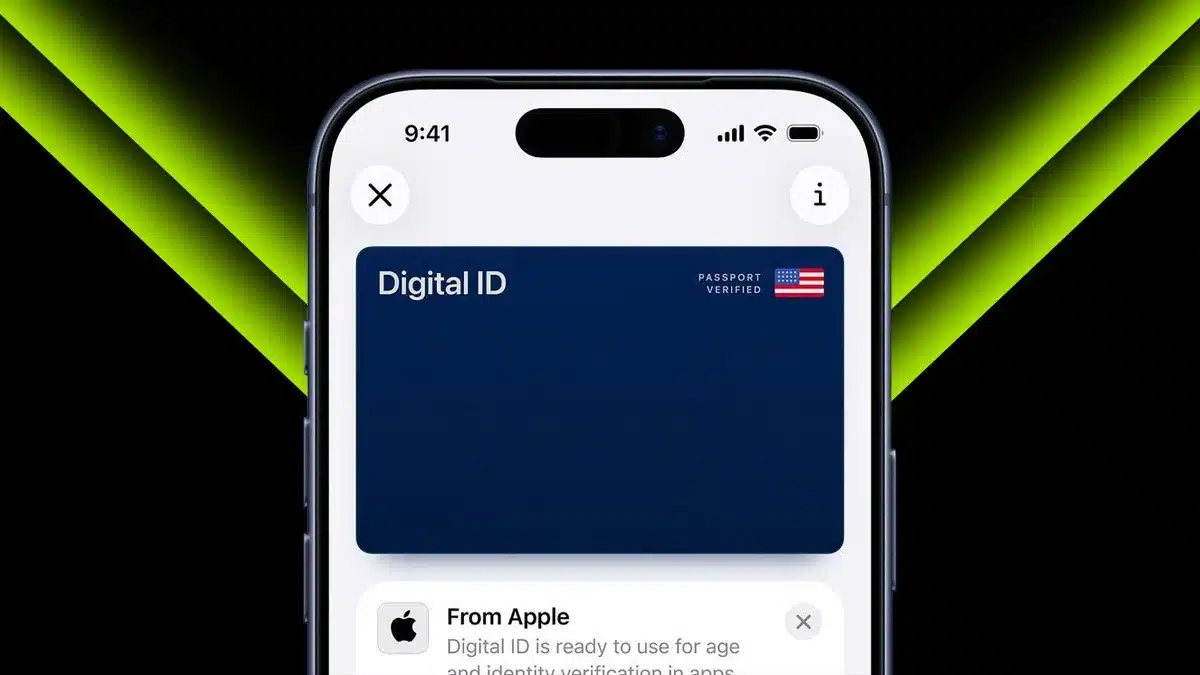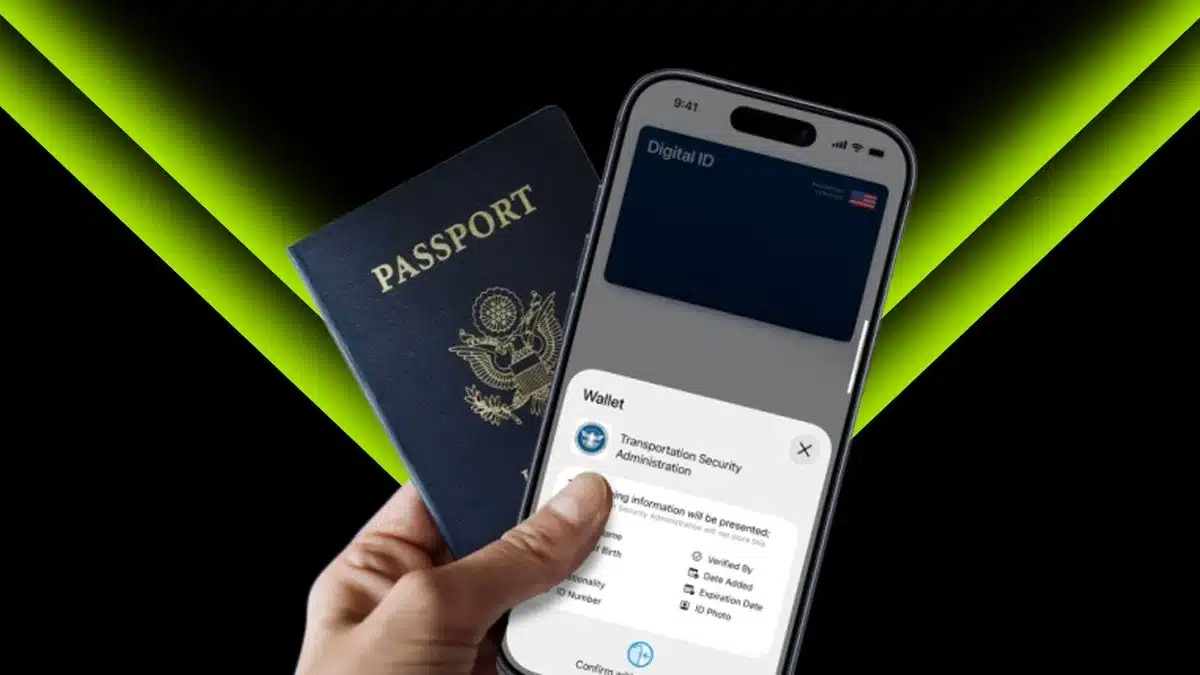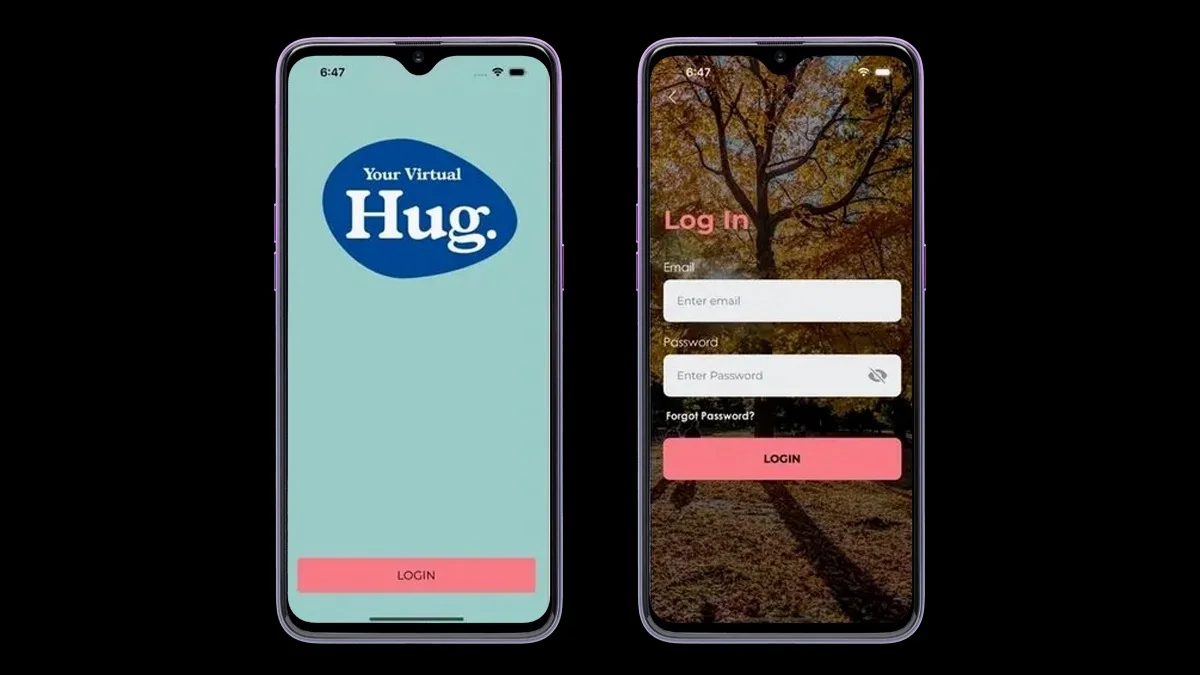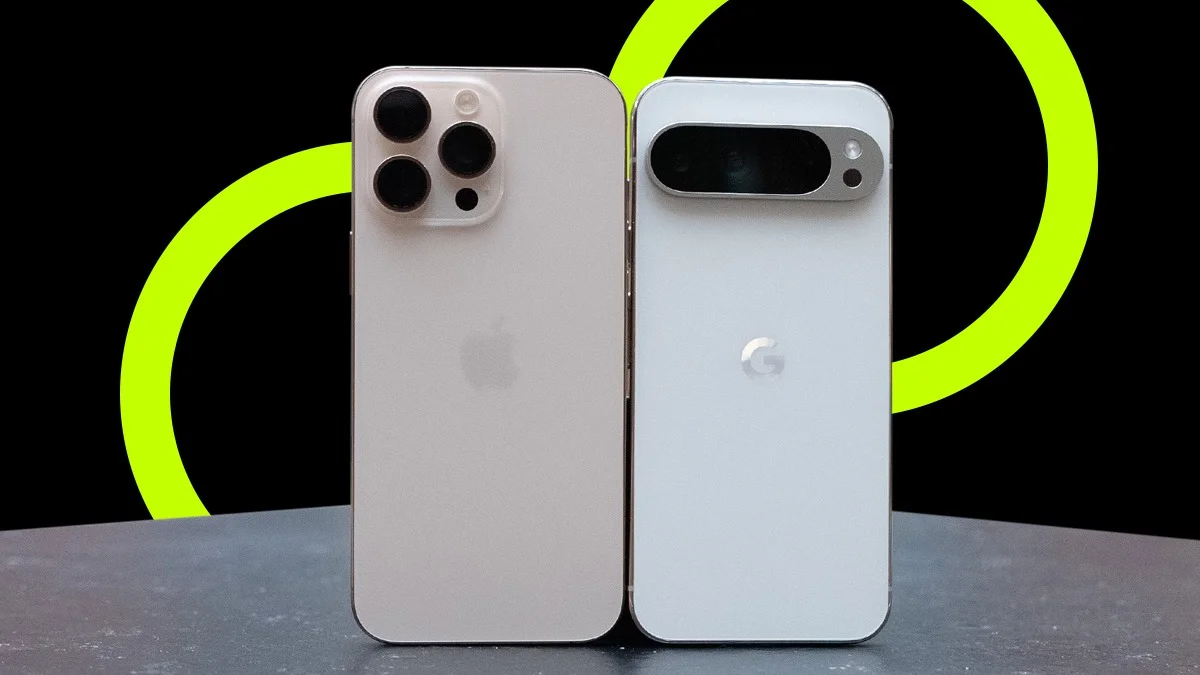Digital Passports Are Becoming a Reality: With smartphones replacing so many everyday items, from boarding passes to payment cards, it feels natural that passports could be next. Many major airports around the world, including Singapore, Dubai, and London Heathrow, already use facial recognition and other biometric tools so travellers don’t have to show physical documents at every checkpoint.
Apple Brings Passport Details to the iPhone
The newest step toward a paperless travel experience is happening in the United States. American travellers can now load their passports into Apple’s Digital ID, making security checks even more convenient.
When it’s time to go through security, passengers just present their digital passport on an iPhone or Apple Watch. Setting it up is simple. The iPhone camera scans the photo page of your physical passport, then the phone reads the embedded chip on the back to verify the information.
After that, you take a selfie and complete a few facial and head movements. Once everything matches, your Digital ID appears in Apple Wallet. You don’t have to unlock your device or hand it over to show your ID.
At launch, this feature is accepted at TSA checkpoints in more than 250 airports across the United States.

Only for Domestic Travel
Even though it’s a handy new option, the Digital ID has limits. It only works for domestic flights within the US. It doesn’t replace your physical passport and can’t be used at international borders. To set it up, travellers need iOS 26.1 or later.
The UK Tests Its Own New Border Tech
While the US is rolling out digital IDs, the UK is working on speeding up its own border process. Manchester Airport recently completed a three-week trial using upgraded e-gates with facial recognition. British passport holders were able to move through quickly and smoothly.
Phil Douglas, Border Force director-general, told The Times how the trial had been a success, suggesting the tech “considerably reduced” processing times.
He explained: “So people approach the e-gate, it recognises them [as] already on our database, and they’re checked through.”
A Big Shift in Border Control
Douglas shared that technology like biometrics and AI facial recognition is now becoming a core part of how borders operate, working alongside traditional passports.
He said: “The border has really changed over the last few years, and that work is picking up pace.”
‘Public expectations have changed and technology has changed.'”
ALSO READ: Most Viewed Websites In France In 2025

















